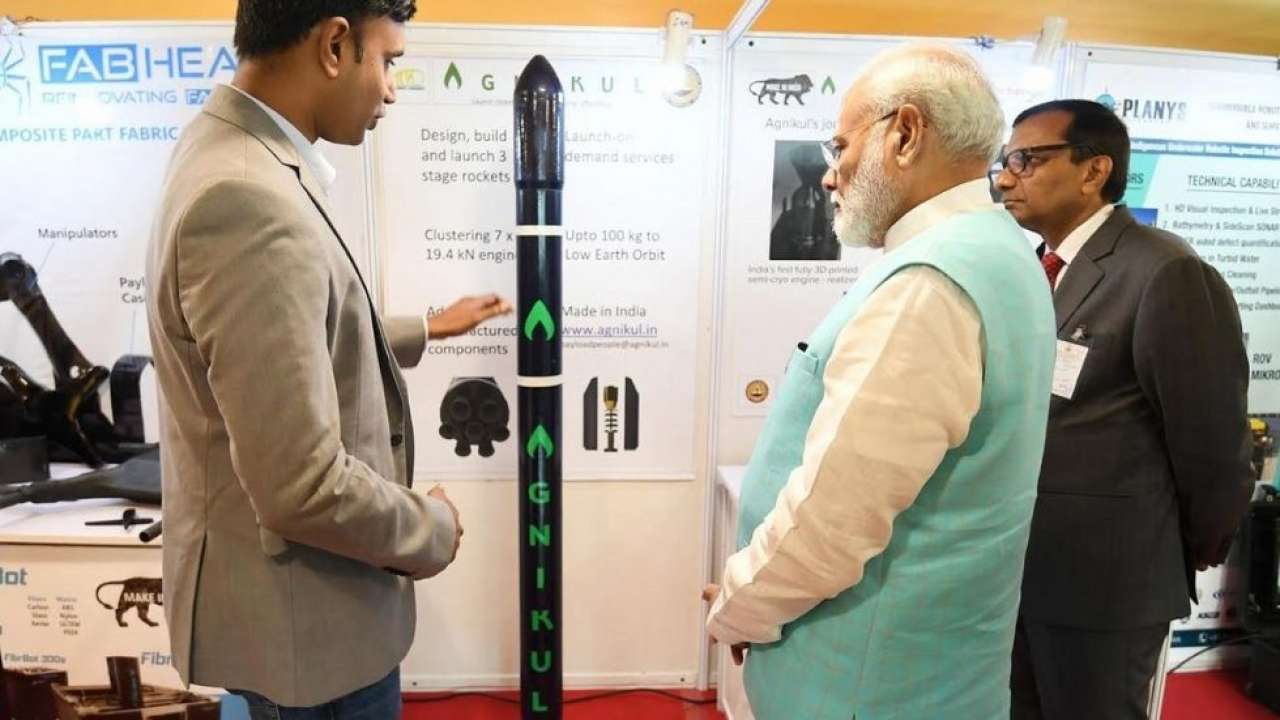omaebakabaka
New Member
- Joined
- Aug 29, 2020
- Messages
- 4,945
- Likes
- 13,835
Done by whom? Why isn't it repeated? ARe you talking about rovers or humans? What did they achieve? Two countries that pursued it were heavily focussed on military adn world domination and the third China is certainly on the same line for every pursuit....Ya'll Nibbiars never do the expected lines. LEO Space station, Moon landing has already been done. A planetary orbit mission's will cost only the fraction of a landing mission and would be the first Interplanetary mission's. And can be achieved on a limited budgets.
India without strong goals to pursue will go no where....it took this long for us to get to Cryo and we depend on lot of imports that go into our rockets too...honest evaluation is necessary and even more important is having an objective goal


